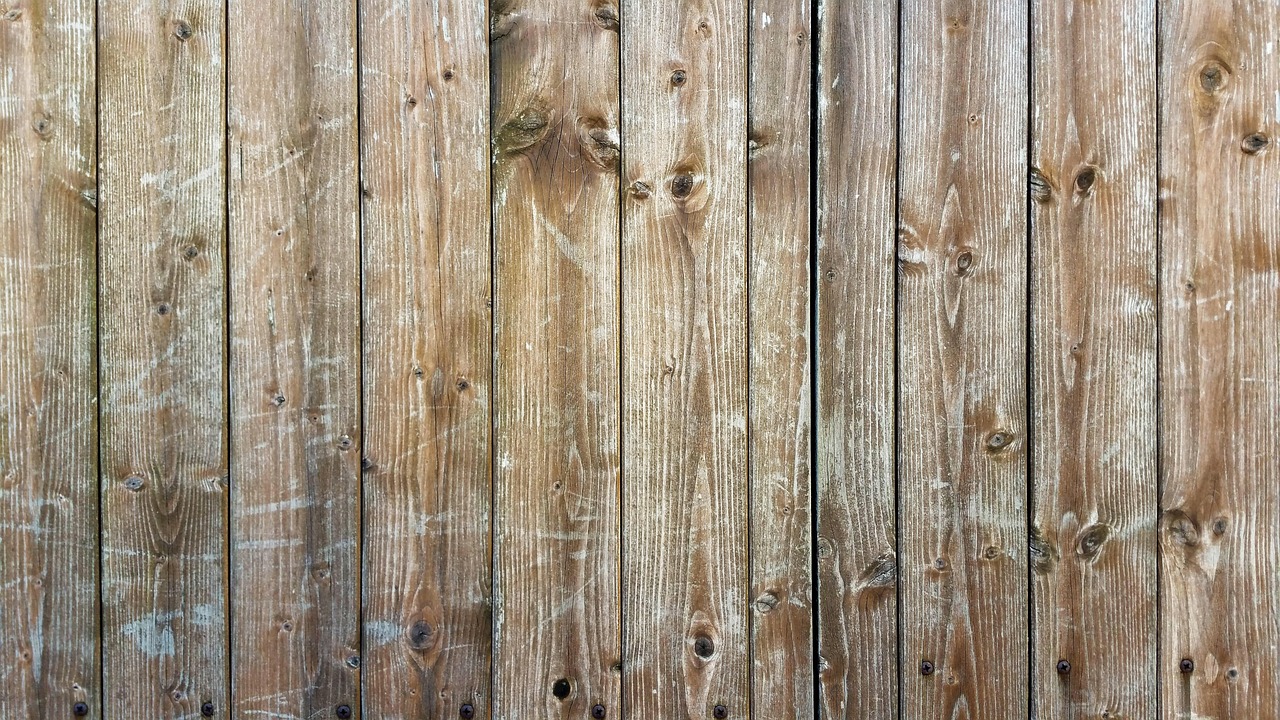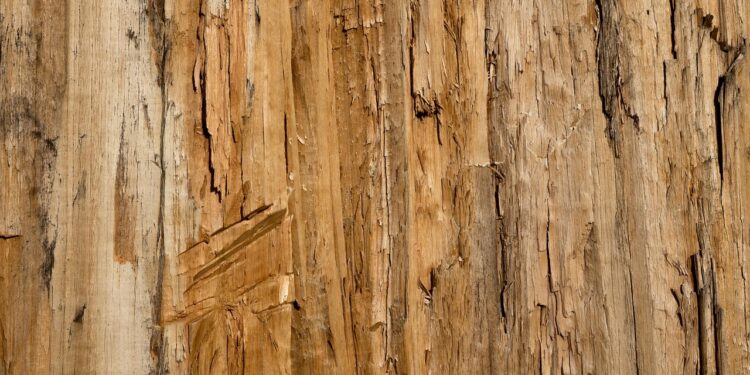“Superwood” has recently been released as a commercial product and is produced by InventWood, a company co-founded by materials scientist Liangbing Hu. More than ten years ago, Hu began working toward reinventing one of the oldest construction materials used by humans.
During his time at the University of Maryland’s Center for Materials Innovation, Hu, who is now a professor at Yale, discovered creative methods to redesign wood. He even made it transparent by removing part of lignin, one of its main components, which provides both color and some structural strength. However, Hu’s true aim was to increase wood’s strength by using cellulose, which is the primary component of plant fibers and, as he describes it, “the most abundant biopolymer on the planet.” The major breakthrough happened in 2017, when Hu strengthened ordinary wood by using a chemical treatment that improved its natural cellulose, turning it into a more effective building material.
Hu Has Brought Superwood To The Commercial Market
The wood was initially boiled in a mixture of water and specific chemicals, then compressed under high heat to collapse it at the cellular level, which made it much denser. By the end of the weeklong process, the treated wood achieved a strength-to-weight ratio “greater than that of most structural metals and alloys,” according to a study published in the journal Nature. Now, after years of refining the process and filing more than 140 patents, Hu has brought Superwood to the commercial market.

Superwood Still Functions
InventWood CEO Alex Lau says Superwood still functions as wood both chemically and practically. In building construction, it could create structures up to four times lighter than current ones, making them more resistant to earthquakes, putting less stress on foundations, and allowing for faster and easier construction.
“It looks like normal wood, and in testing, it reacts the same way as wood,” Lau said, “but it is far stronger and outperforms regular wood in nearly every area we’ve measured.”





